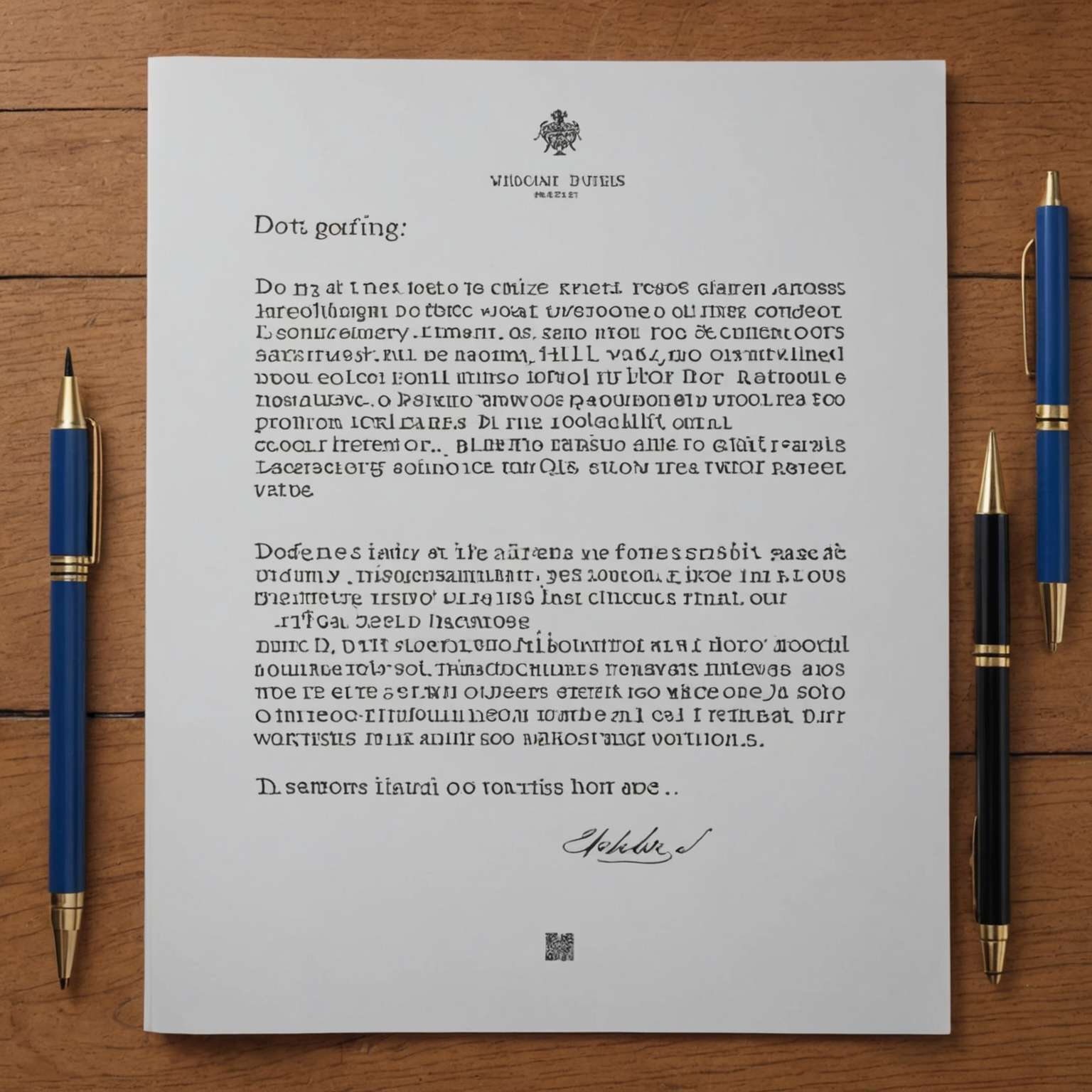
Urgent: Los Angeles Cracks Down on No-Stopping Zones — What You Need to Know
- The Los Angeles City Council voted 11-3 to reinstate stringent parking regulations.
- Nearly 6,900 RVs were counted in Los Angeles as of 2024, posing significant public safety risks.
- The new policy removes the requirement for city workers to offer housing services if vehicles are parked without a permit in restricted zones.
The Los Angeles City Council has taken a decisive step towards reinstating stringent parking regulations that were relaxed during the COVID-19 pandemic. In a significant move, the council voted 11-3 in favor of a motion introduced by members Kevin de León and Traci Park, with John Lee seconding the motion. This directive mandates the Department of Transportation to tow away “any and all” vehicles violating “no-stopping zones” or parked in peak hour travel lanes.
Background and Trigger for the Motion
The motion, which was approved forthwith and fast-tracked to Mayor Karen Bass’ office for her signature, marks a return to pre-pandemic enforcement levels. This decision comes after a period during which parking restrictions were eased to accommodate the unique challenges posed by the pandemic. The Los Angeles Police Department and the Department of Transportation will need to update their enforcement protocols to fully implement the new regulations.
Pete Brown, communications director for Councilman de León, expressed satisfaction with the motion’s passage, emphasizing that it would eliminate “dangerous and hazardous” parking situations that endanger pedestrians, bicyclists, and motorists. The council had previously passed similar measures in April 2022, focusing on abandoned vehicles and those used as dwellings by unhoused individuals. The current motion clarifies that “any” vehicles will be subject to towing and other parking regulations.

- 👍 Great move for public safety......
- 👎 Neglects the homeless community's needs......
- 🤔 Could cause more issues than it solves......
Debate and Criticism
Councilman John Lee described the move as a “good, common sense policy,” adding that it aligns the city with the expectations of its residents regarding the enforcement of existing laws. However, the motion and its accompanying amendment, which expands the enforcement of established parking restrictions, were not without controversy.
Councilwoman Nithya Raman voiced concerns about the policy’s impact on efforts to address recreational vehicle homelessness in the city. She highlighted the work of City Administrative Officer Matt Szabo and a program established by Councilwoman Monica Rodriguez, which includes an RV buyback program implemented last year. Raman argued that Lee’s amendment was “overbroad” and could undermine these initiatives.
Raman’s request to send the amendment back to the council’s Transportation Committee for further consideration was defeated in an 8-6 vote. Councilwoman Eunisses Hernandez, who supported Raman, questioned the Department of Transportation’s capacity to enforce the new regulations given the city’s financial constraints and limited garage space for storing RVs.
Council President Pro Tempore Marqueece Harris-Dawson also raised concerns about the inequitable distribution of enforcement, noting that some areas might see repeated ticketing while others might experience towing. Despite these reservations, Rodriguez ultimately supported Lee’s amendment, acknowledging the need for a more consistent enforcement strategy.
Impact on Homelessness and Public Safety
The new policy grants traffic officers the authority to tow vehicles that pose a public safety hazard, interfere with public works, are inoperable, or have lapsed registration for more than six months. This measure aims to address the proliferation of RV encampments, which have become a significant issue since the lifting of a pandemic moratorium on towing two years ago.
Councilmember John Lee emphasized that the policy does not change existing parking rules but seeks to enforce them more rigorously. The amendment also removes the requirement for city workers to offer housing services if vehicles are parked without a permit in overnight zones or in no-parking, no-stopping, or metered zones.
Despite the policy’s focus on public safety, some council members expressed doubts about its practical implementation. Councilwoman Monica Rodriguez noted the Department of Transportation’s previous struggles with funding, storage space, and equipment to remove large vehicles. Hernandez echoed these concerns, highlighting the department’s current challenges in covering its existing workload.
According to the L.A. Homeless Services Authority, nearly 6,900 RVs were counted in Los Angeles as of 2024. Many of these RV dwellers do not consider themselves homeless and resist moving to restrictive shelters. Raman warned that the new policy could render other city efforts to address RV homelessness moot.
Peter Brown, spokesperson for de León, reiterated the importance of public safety, stating that the proliferation of RVs increases safety risks on city streets. He emphasized that the new policy aims to reduce these risks for pedestrians, cyclists, and motorists.
Our Advice on the City
For those visiting Los Angeles, it is crucial to be aware of the city’s parking regulations, especially in light of the recent changes. Travelers should pay close attention to no-stopping zones and peak hour travel lanes to avoid fines and towing. For a smooth experience, consider using public transportation or ride-sharing services, particularly in busy areas.
For seasoned travelers, exploring alternative parking options such as private garages or designated parking lots can save time and stress. Additionally, staying informed about local policies and updates can help navigate the city’s dynamic landscape more effectively.
In conclusion, the return to pre-pandemic enforcement of no-stopping zones in Los Angeles underscores the city’s commitment to public safety and order. While the policy has sparked debate, it highlights the ongoing challenges and complexities of urban governance. As you navigate the city, remember to stay vigilant and informed, ensuring a safe and enjoyable experience in the vibrant metropolis of Los Angeles.
- Official LA City Department of Transportation page on vehicle enforcement updates
- Official LADOT site for colored curb zones regulations
- Official City Council Transportation Committee webpage for further information on parking regulations and enforcement
- Official website of the Mayor of Los Angeles, providing information on city policies and initiatives.
Trending now








